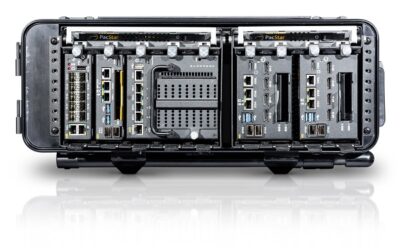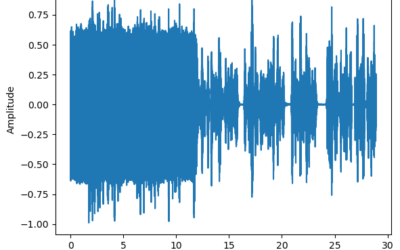Anatomy of a Shot
Precision optics specialists are working hard to provide law enforcement and military organisations with a technological advantage over adversaries.
This desire to ensure a technological overmatch vis-à-vis hostile actors is driving the proliferation of next-generation weapon sights capable of providing personnel with extended range, accuracy and situation awareness compared to legacy precision optics. To this end, examples include digital weapon sights, many of which feature CMOS (Complementary Metal Oxide Semiconductor) technology. CMOS technology is particularly useful in supporting Augmented Reality (AR) applications where the visual field of the viewer can be enhanced with additional imagery such as infrared or night vision to improve their situational awareness. The latest generation of precision optics can also share their imagery across command and control, and battle management systems to improve the wider situational awareness of deployed forces.
Speaking to MONCh, Deborah Ratushniak, Communications Manager at Raytheon Elcan Optical Technologies subsidiary explained how the optical weapon sight specialist continued to explore digital technology which it describes as the, “next step in the sighting systems market, maintaining our competitive edge means always looking forward to what’s next. Our market research determined that digital would be the next step in the sighting systems market so that has informed our research and development focus and new product development. The market focus is moving toward overmatch capabilities. It is not good to be better on the battlefield you have to be able to overmatch adversarial forces with clear and overwhelming advantages. We believe that digital sighting systems will become an increasingly important component of our integrated warfighter kit because of the capability to enhance precision, accuracy, lethality and connectivity.”
According to the company, first generation digital sights currently in development will provide push-button functionality that automatically ranges targets, calculates shot correction via an onboard ballistic computer and presents the shooter with a digitally disturbed, high colour-contrasted targeting reticle in their field-of-view: “Digital is more than just digital display. It is about integrating digital content into direct view optics. The optic must work as a standalone optic with multi-layer functionality,” Ms. Rathushniak explained while illustrating how second- and third-generation solutions will allow the designation of static and mobile targets, target tracking, dynamic ranging and ballistic computation and the wireless sharing of digital target data and fire solutions.
Responding to these requirements for digital technology, the firm continues to develop its first product in this field, designated the Digital Fire Control System (DFCS). The weapon sight currently lies at Technology Readiness Level-6 (TRL-6), company officials confirmed to S&SI. According to the US DoD’s TRL taxonomy, this means that a prototype or model of the product has been demonstrated in a relevant environment. “Our intent is to field prototypes and gather customer feedback over the next twelve to 18 months,” Ms. Rathushniak disclosed before describing how trials were currently underway with undisclosed customers.
The DFCS is being designed to make every user a ‘sharpshooter’ allowing for increased levels of accuracy as well as reducing engagement times, itself a key requirement for Counter Terror (CT) operations in urban environments where the window of opportunity to engage targets can be short. Comprising a laser rangefinder and ballistic calculator, the DFCS also operates when the weapon is being positioned in a canted fashion, again making it particularly relevant to assault teams and sniper units engaging targets from behind cover, as one security source associated with law enforcement special mission units in Europe explained to MONCh.
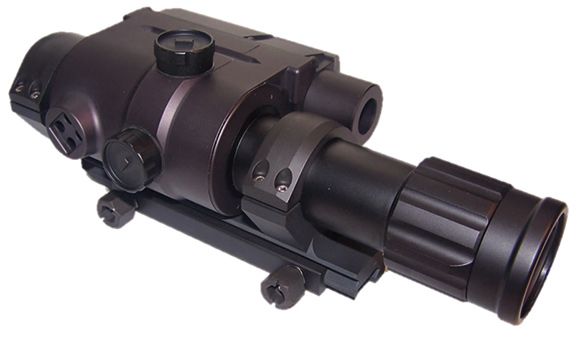
CMOS Steps Forward
Meanwhile, the proliferation of digital weapon sights continues its steady progress across the international security community. Examples include Rochester Precision Optics (RPO), which offers its own CNOD (CMOS Night Observation Device) digital weapon sight which comprises a digital sighting system for day and zero light operations. CMOS is being viewed by many in the marketplace as a viable alternative to low light operations in comparison to more traditional I2 systems.
The technology uses a digital camera imaging chip to enhance the low light imaging performance of sensors and optical sights. Available in a variety of sizes including clip-on/in-line or stand-alone optical weapon sights, the CNOD operates between wavelengths 500-1,080nm, which encompasses the IR portion of the electromagnetic spectrum, providing users with a six times internal digital zoom allowing for the detection and recognition of targets in bright light through to low and zero light conditions.
According to Rick Bryant, Director of Advanced Programmes and strategy at RPO, the CNOD when used in digital weapon sight has already proven its capability to provide operators with 1,200m (3,937ft) in range to date for not only sniper operations but also for battlefield counter-surveillance to identify enemy force laser designators and rangefinders: “The CNOD was designed with law enforcement in mind,” Mr Bryant explained to MONCh. “The CNOD can see through glass and has minimal bloom from car headlights or street lights. It can take pictures, capture video, and has a ‘video out’ function which makes it ideal for standard law enforcement, surveillance and special weapons and tactics operations.”
Additionally, Mr Bryant explained how the unit could be used as a surveillance tool when used in a handheld fashion with the ability to reach a maximum range of 1,000m (3,000ft) metres with the additional integration of a two times’ zoom extender kit provided in the CNOD ensemble for the identification of a human-sized target or pick-up truck. Current law enforcement customers including the US Drug Enforcement Agency (DEA) use the technology to observe drug deals through blacked-out vehicle windows employing the ability of CNOD to see through glass and record full motion video. Furthermore, the CNOD (which is currently being evaluated by US and coalition Special Forces) is capable of disseminating high definition video to other users when networked into a wider command and control network.
In the shorter term, Raytheon Elcan disclosed plans with MONCh to unveil a new weapon sight to the security market in the third quarter of 2018. Identifying the particular CT operations where operators must rely upon weapon sights capable of supporting close quarter battle and demanding rapid target acquisition, the firm is planning to market its Elcan SPECteR1XL Close Quarters Sight (CQS). The 1XL CQS comprises a, “low profile, wide field-of-view, 1X reflex sight that provides shooters with the capability to rapidly engage targets in both close quarters and open terrain,” according to a company spokesperson. “Technical challenges with holographic sights have left a void in the solution space. The challenge is to provide a reliable solution to draw the user’s eye to the point of aim quickly in close quarters and in open terrain.”
However, seeking to future-proof its technology in the medium and longer term, Raytheon Elcan continues to patent technology developed by its team of optical experts in order to increase the size of the weapon sight eyebox (the area behind the sight where you can place your eye and still have a full sight picture) through electronic means: “In order to increase eye relief and the speed of target acquisition, this development uses pupil tracking to electronically increase the size of the eyebox,” company sources explained while referring to an ongoing effort to develop such an eye tracking system.
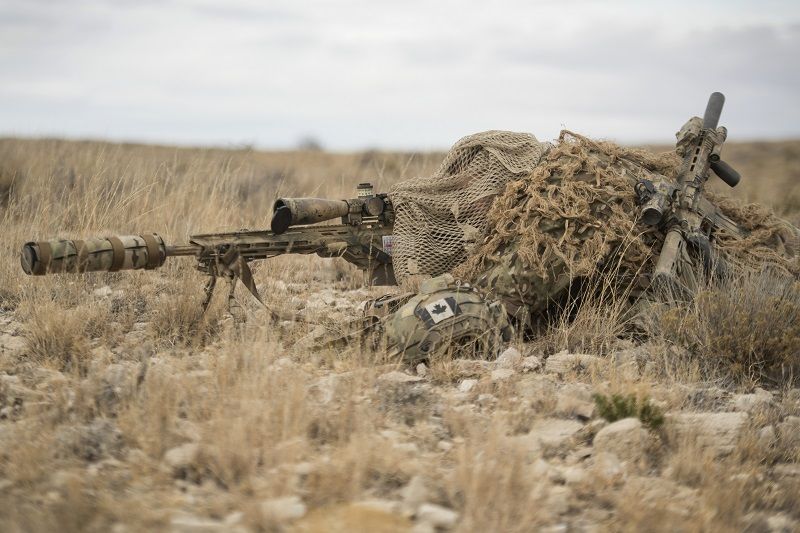
Augmented Reality (AR)
Elsewhere in the market, Telefunken RACOMS continues to develop its SmartSight digital weapon sight which is set to provide security forces with an AR capability at the lowest tactical level which can be networked to wider C2 and battle management systems. Speaking to MONCh at AFCEA 2018, Sebastian Bauer, Key Account Manager at Telefunken RACOMS described how the digital weapon sight could be mounted ‘in-line’ with magnification-based or red dot sights. Comprising an inertial unit, laser rangefinder and GPS, the SmartSight allows an operator to monitor a see-through AR display and designate and record points of interest and targets before disseminating them back via a tactical communications network to a BMS for exploitation by headquarters staff and other forward deployed units. Operated by a handgrip which can be attached to a weapon rail adaptor system or foregrip, SmartSight continues to be upgraded by Telefunken RACOMS with plans to provide a colour display in the future. At the AFCEA event, Telefunken RACOMS displayed the SmartSight mounted on the top rail adaptor system of a dummy M4 5.56x45mm carbine, networked to Elbit Systems’ RAPTOR tablet featuring the firm’s TorC2h BMS technology.
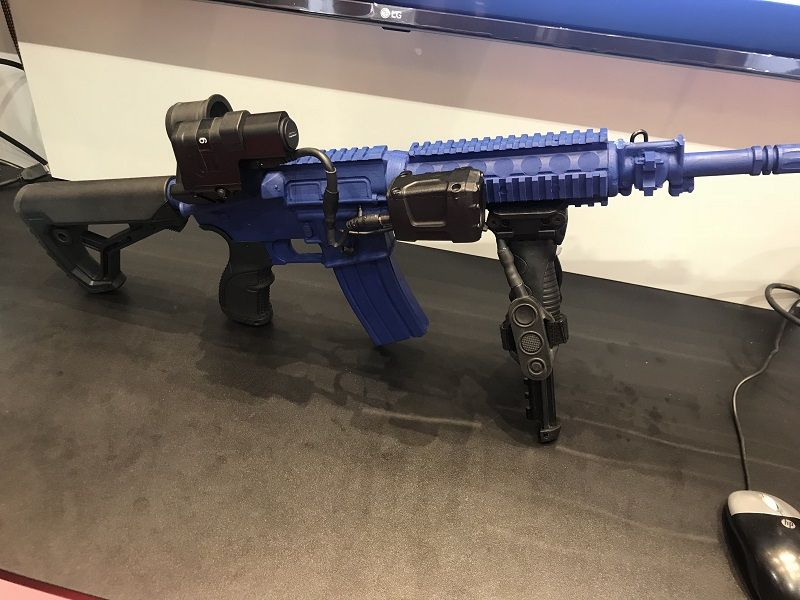
Also seeking to expand the precision capabilities of its inventory of weapon sights is L-3 Insight which, according to industry sources, planned to unveil a new variant of its Light Weapon Thermal Sight to support extended range operations later in 2018. The Long Range (LR) Light Weapon Thermal Sight (LWTS) will comprise a larger version of the firm’s legacy AN/PAS-13G(V)1 LWTS which, similar to other solutions can be operated as a standalone, in-line or handheld optic. Operated as a clip-on/in-line sight, the LWTS can be attached on a top rail adaptor system behind a variety of magnified and red dot sights including Trijicon’s Advanced Combat Optical Gunsight family and Aimpoint’s Close Combat Optic (CCO) family.
Providing sniper teams with long wave infrared observation and target identification under ‘adverse conditions’, the scope is capable of securing a sight picture through rain, smoke, light snow, and in low light through to zero light. An L-3 Insight spokesperson was unable to comment on exactly when the LR variant of the LWTS would be made available to security agencies. Neither were official sources able to comment on any revised maximum effective ranges associated with the new LR LWTS although company literature describes the LWTS as achieving greater than a singe minute of angle in accuracy.
Meanwhile, BAE Systems is about to supply defence and security agencies with the latest generation in soldier equipment allowing sniper teams to network helmet-mounted night vision goggles with weapon-mounted thermal weapon sights. Having secured a U$97 million contract on 21 March to supply the US Army with an undisclosed number of units, BAE Systems continues to market its Enhanced Night Vision Goggle-III/Family of Weapon Sight-Individual (ENVG-III/FWS-1). According to company literature, the ENVG-III/FWS-1 holistic system has been designed to provide snipers and assault team members with the ability to rapidly, “locate and identify targets especially during night time operations or when visibility is compromised.”
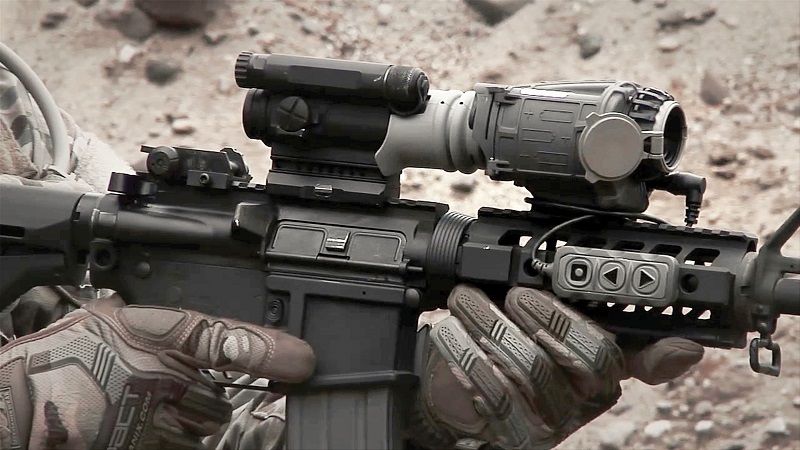
Describing how operators are currently required to switch between standalone NVGs and optical weapon sights, which can impact the way operators can acquire and engage targets, sometimes resulting in delayed responses, company sources described to MONCh how the weapon mounted FWS-1 can be networked to the helmet-mounted ENVG-III which is supported by a battery pack attached to the back of a combat helmet, which also acts as a counter-weight.
The ENVG-III/FWS-1 allows sniper and assault team members to identify and engage targets with multiple modes available to operators including image overlay; picture-in-picture; and scope-only viewing options which can be adapted for, “multi-environment conditions.” Multiple ENVG-III/FWS-1 systems can also be operated in close proximity to one another; particularly useful in close quarter combat and urban operations, with short range wireless transmission helping to negate interference and the jamming of signals.
As the contemporary operating environment continues to produce significant tactical requirements for assault and reconnaissance teams, security agencies are being forced to provide suitable next-generation technologies to support emerging demands for increased precision and situation awareness. Nevertheless, solutions must be ergonomic for operational use as well as minimising the cognitive burden of the operators relying upon them; as well as being fitted with sufficient counter-surveillance properties to disguise users in what continues to become an increasingly contested and congested operating space.
Andrew White

